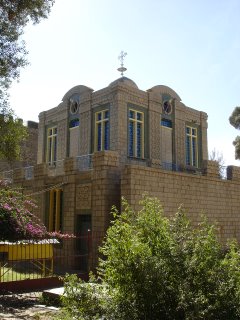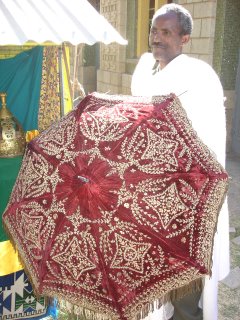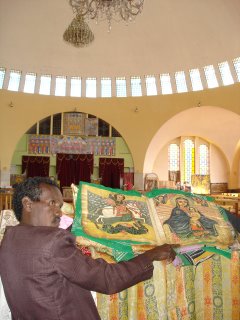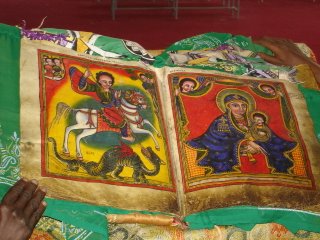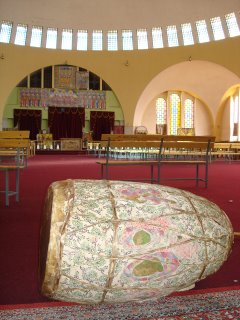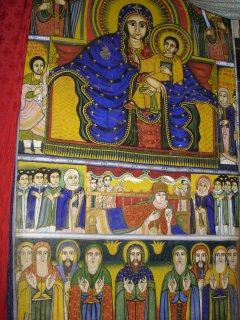Bezug zu Katastrophen und deren Meldungen
Das Abenteuer Äthiopien - Das Leben in einer neuen Welt
More than 300 people have died in southern Ethiopia as flooding around the Omo river continues to spread.
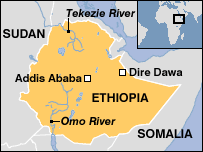
In the far north, thousands of people in Tigray province are battling floods along the Tegere river.
Police and the UN's World Food Programme said on Wednesday afternoon that deaths in the Omo river area had reached 364. Insp Daniel Gezahenge told the AP news agency that the situation in the south was "getting out of control".
Disease fear
"We are preparing ourselves for up to 1,000 dead bodies from this flood alone. We need additional helicopters and boats for rescuing," he said.
"There are dead bodies and animals in the water making the likelihood for a disease outbreak very high," Insp Daniel said.
WFP officials said 15 boats were being used to rescue survivors, with a helicopter deployed to help locate people who were trapped.
"The volume of Omo River has shown a slight increase and new sites are apparently being flooded," A WFP official said. "The good news is that many residents escaped before being caught in the flooding in the new sites."
Flooding often hits low-lying parts of Ethiopia between June and September, when heavy showers fall on dry regions.
Disaster zone
In the eastern city of Dire Dawa, local and international agencies are still providing food and help to thousands of people and to communities further north along the Awash river. The national rescue services including the army and international agencies are said to be overstretched.
The authorities in Dire Dawa have banned the rebuilding of settlements on the river banks and declared the areas a disaster zone. There are 256 confirmed deaths from last week's flooding, but some 250 people are still missing and 10,000 were displaced.
The WFP is distributing relief supplies there. Over the past two years flooding has afflicted several areas of eastern and southern Ethiopia, killing hundreds and displacing hundreds of thousands.
Weather forecasters say heavier than usual rains are expected in the coming weeks across much of Ethiopia.
